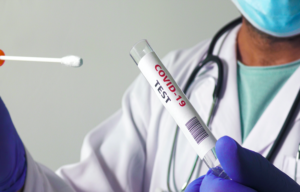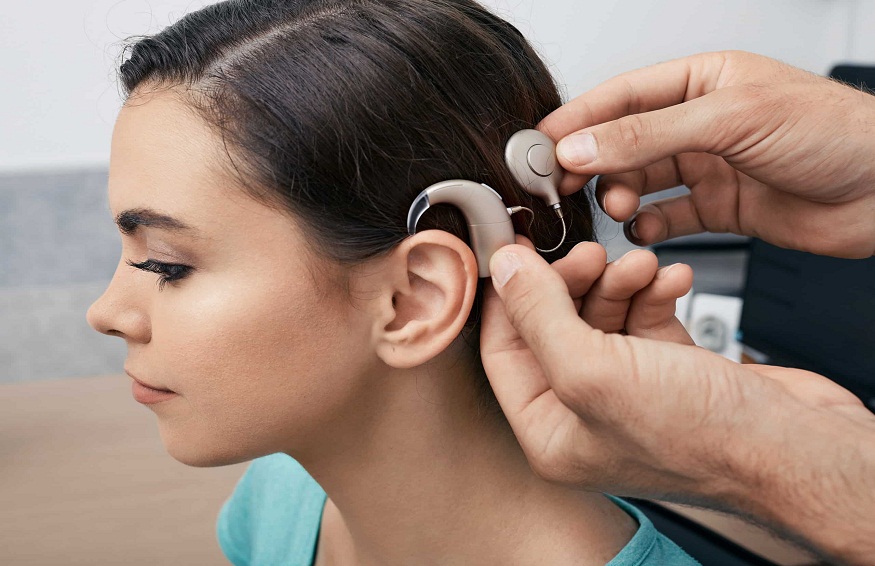The Institut Pasteur’s CNR for Respiratory Infection Viruses specializes in viruses, such as influenza and infant bronchiolitis, for example. In addition, when a new virus emerges, such as the new coronavirus in China, the CNR’s mission is to do everything possible to be able to detect this new pathogenic agent.
In the context of the crisis linked to Covid-19, and as soon as the first cases appeared internationally, and more particularly in Europe (end of January 2020), the CNR of the Institut Pasteur developed a diagnostic test to detect the presence of the SARS-CoV-2 virus (at the time called nCoV-19) when infected cases are suspected.
Regarding CNR diagnostic tests:
The diagnostic test requires first of all the realization of a respiratory sample, nasopharyngeal for example. From this sample is then extracted all the nucleic acids present (i.e. the genetic elements), in order to be able to detect the potential virus by a method of molecular biology, called RT-PCR, for Reverse Transcriptase – Polymerase Chain Reaction.
The test has been posted on the WHO website to ensure better dissemination in the global network and to be shared with the scientific community. On this website, there are 4 reference diagnostic tests, including the one developed by the CNR of the Institut Pasteur.
What is an RT-PCR test?
RT-PCR tests used for the detection of pathogens, including the test developed by the CNR of respiratory infection viruses at the Institut Pasteur to detect the SARS-CoV-2 genome, are based on the polymerase chain reaction (“PCR”).
In this method, a small target nucleic acid sequence (a DNA fragment) will be copied many times, which makes it easier to detect.
The short nucleic acid sequence corresponds to a tiny part of the genome of an organism or micro-organism. The objective of the PCR test is to detect this sequence in order to be able to confirm whether the DNA/RNA of the organism or microorganism is indeed present in the sample. As part of a detection test to confirm or rule out an infection by a virus or bacteria, the presence of the nucleic acids of the pathogen then indicates that the person is indeed infected.
The CNR has developed two RT-PCR tests, respectively IP2 and IP4, in the context of the Covid-19 epidemic. These two tests each use three distinct sequences of the SARS-CoV-2 genome. These are two “primer” sequences which allow the amplification of a short sequence of the virus genome and a “probe” sequence which allows detection by binding to the amplified sequences using the two primers. It is therefore necessary to match the genetic material in the sample with the three sequences simultaneously to obtain a positive result. If one of these three sequences does not bind, no signal is detected, the result is negative.
The complete genome of SARS-CoV-2 comprises a sequence of 30,000 bases, and that of the human genome, 3 billion. As the genetic code has only 4 bases (A, T, C, G), it sometimes happens that small sequences of nucleotides are found in different organisms, as is the case for the sequence Indeed, humans but also other animal species such as the Labrador retriever, the cat, the pig… have this sequence in their genome.
On the other hand, the association of the three sequences is unique to SARS-CoV-2 and it is this singularity which allows the identification of the virus in the tests.



